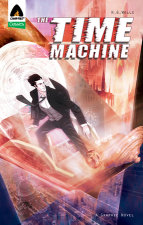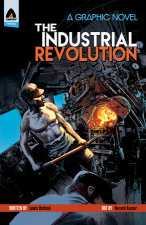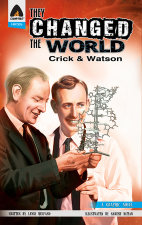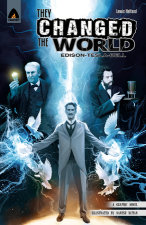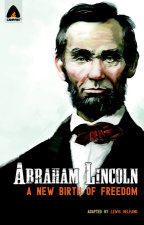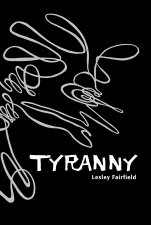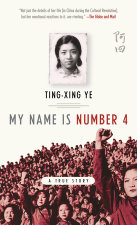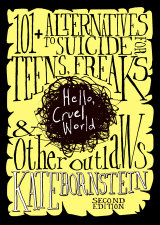The Industrial Revolution

While we all know that large-scale industrialization began in the eighteenth century, the Industrial Revolution truly began in Germany with Johannes Gutenberg and his printing press. His innovation made it possible to mass-produce books, which spread literacy and knowledge all across Europe. It was in the eighteenth century, however, that manual labor started being replaced by what we today know as machines. First in Europe came Thomas Newcomen and James Watt and the steam engine. Then came John Kay and his flying shuttle, which led to the development of the textile industry. Then, in the United States, there was Robert Fulton and his steamboat, and Eli Whitney and his cotton gin. Finally, it was Henry Ford whose mass-produced vehicles made cars…
$14.99
June 6, 2017Lewis Helfand is a resident of Narberth, Pennsylvania and grew up wanting to write comic books. His journey to figure out how to do that has involved everything from studying sculpture and politics to traveling through Spain and Denmark to writing about adventure sports and sword making. He is currently merging all these diverse interests writing graphic novels for Campfire. Some of his recent titles include the award-winning Nelson Mandela, Mother Teresa, They Changed The World: Edison-Tesla-Bell and Crick & Watson, World War Two: Under the Shadow of the Swastika and The Industrial Revolution.
Naresh Kumar is a resident of New Delhi, India. He describes himself as a seeker who is continuously trying to learn as much as he can. He views his art as an expression of his curiosity about the world. Naresh's photo-realistic style captures the subtle emotions of his characters, giving the reader an experience similar to that of watching a high budget movie. Hs past work for Campfire includes Julius Caesar, Frankenstein, Robinson Crusoe and Sinbad: The Legacy.
